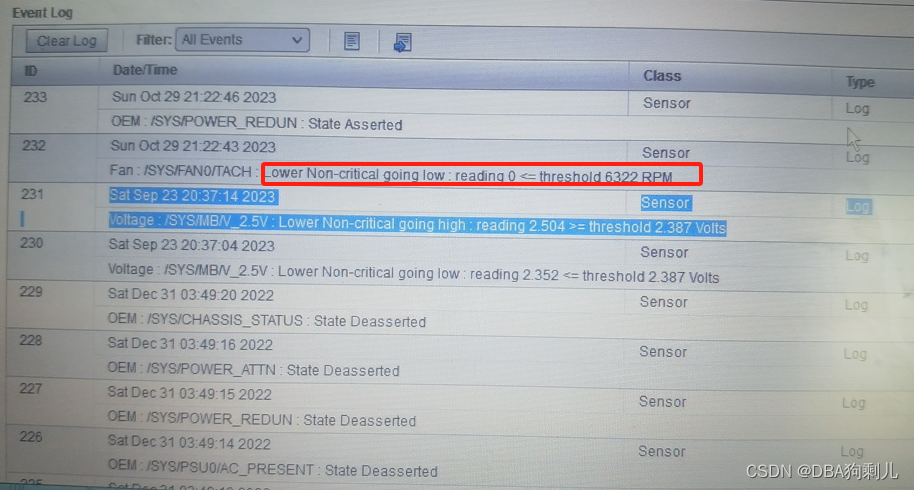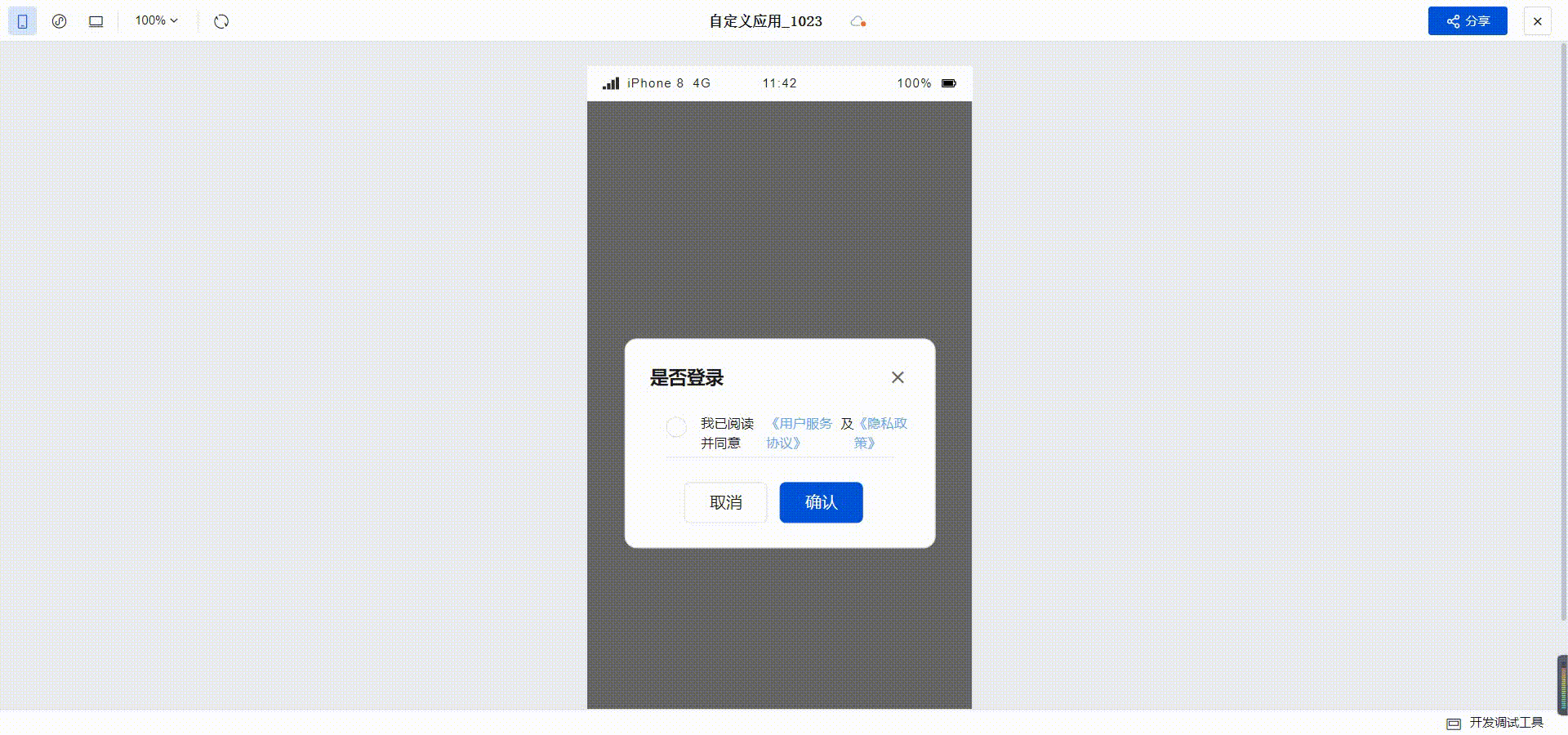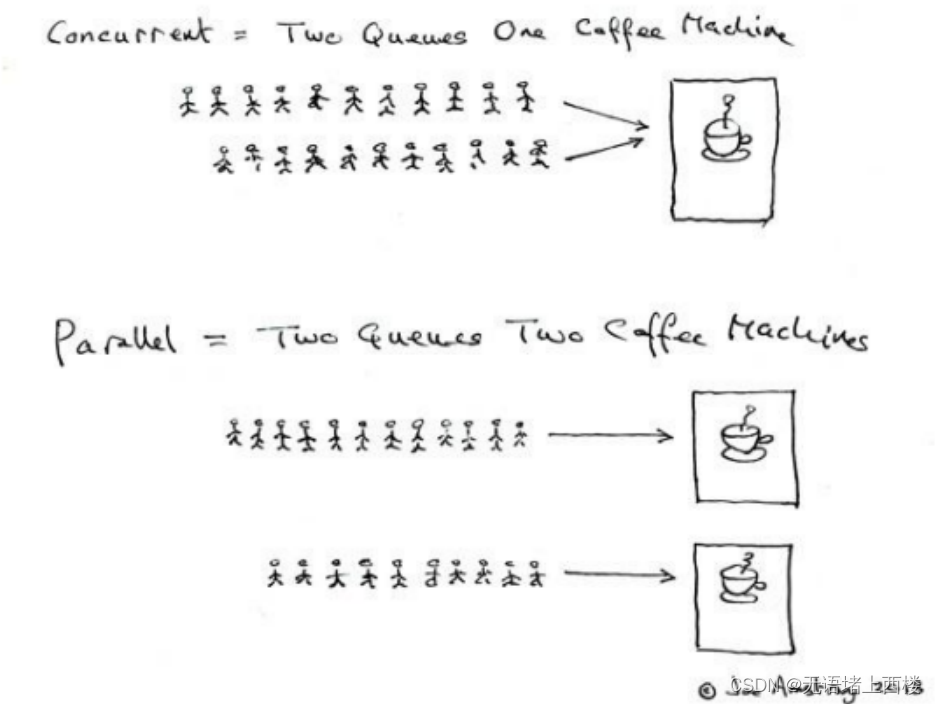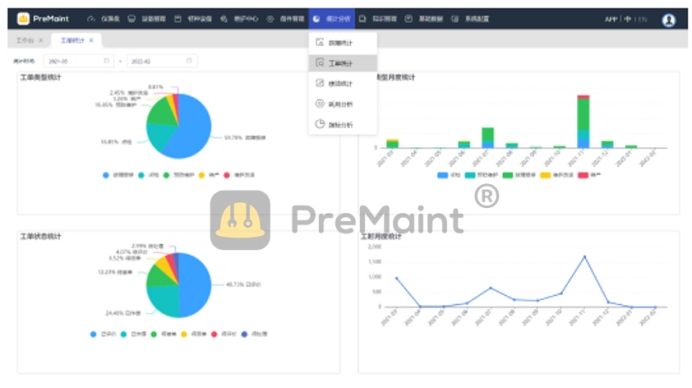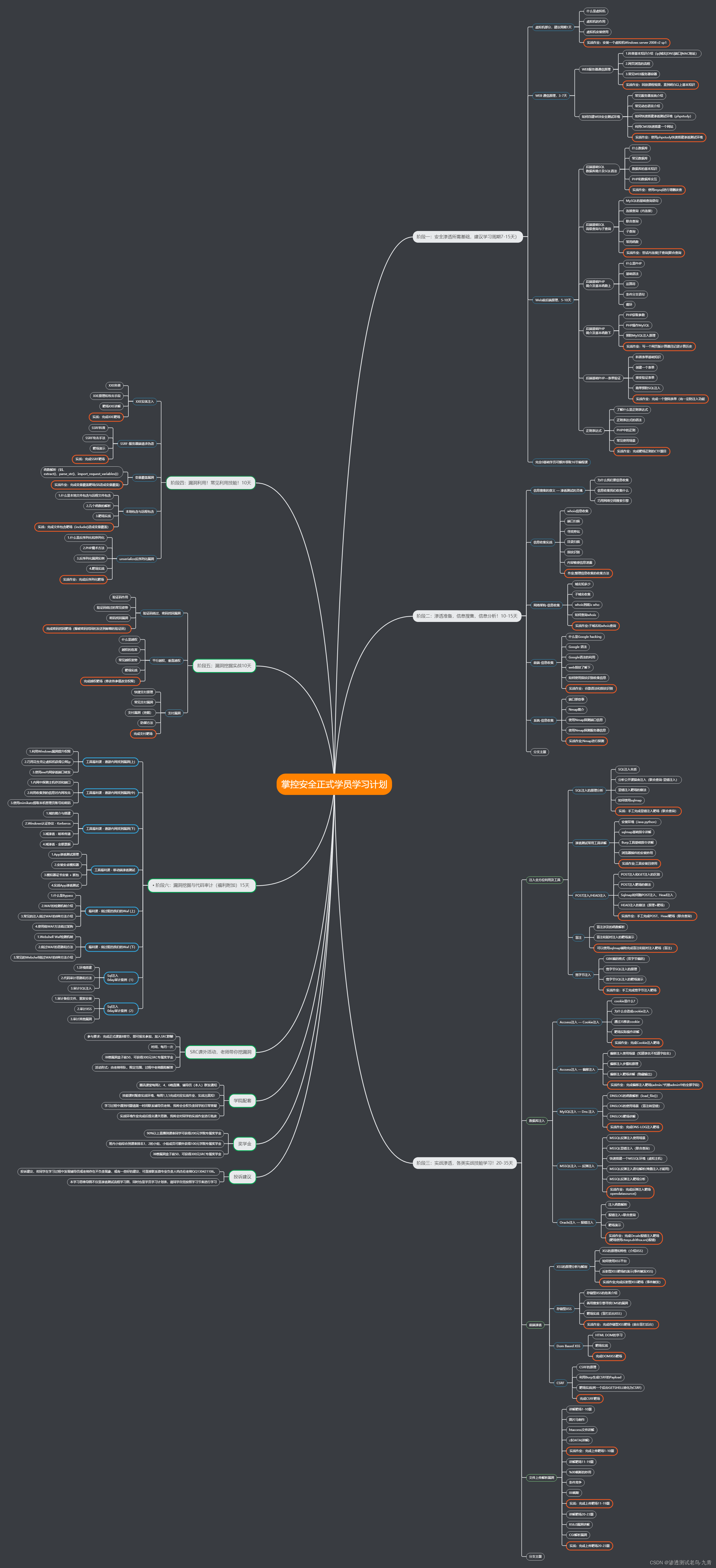1. 软件说明
Blast是一种基于序列比对的分析工具,可以用于寻找生物序列之间的同源性,它的全称是Basic Local Alignment Search Tool。
Blast有多种版本和用途,最常见的是基于Web的Blast和本地安装的Blast程序。Web版Blast可以直接在NCBI网站上使用,而本地安装的Blast程序需要下载和安装在计算机上。
Blast的使用流程一般为输入一个查询序列,与数据库中的序列进行比对,输出比对结果。
2. 软件下载
这里使用linux版本,直接下载二进制的程序,注意如有报错,请按报错配置好gcc等依赖环境即可(一般是gcc版本问题)。
这里是对应工具的介绍页面,可直接使用页面提交比对任务
BLAST: Basic Local Alignment Search Tool
下载链接:
https://ftp.ncbi.nlm.nih.gov/blast/executables/blast+/LATEST/ncbi-blast-2.14.1+-x64-linux.tar.gz
解压安装:
###解压
tar -xzvf ncbi-blast-2.14.1+-x64-linux.tar.gz
###进入解压目录
cd ncbi-blast-2.14.1+
###查看解压目录内的文件,感兴趣的就读一下README吧。
ls
[root@vmgmt ncbi-blast-2.14.1+]# ls
bin BLAST_PRIVACY ChangeLog doc LICENSE ncbi_package_info README
###可直接使用的文件在bin目录下
cd bin
###查看目录下的文件
ls
[root@vmgmt bin]# ls
blastdb_aliastool blast_formatter blastn_vdb blastx deltablast legacy_blast.pl makeprofiledb rpstblastn tblastn_vdb windowmasker
blastdbcheck blast_formatter_vdb blastp cleanup-blastdb-volumes.py dustmasker makeblastdb psiblast segmasker tblastx
blastdbcmd blastn blast_vdb_cmd convert2blastmask get_species_taxids.sh makembindex rpsblast tblastn update_blastdb.pl
###上面目录的文件默认已经可以直接执行,未配置未系统目录时需要加上指定命令的路径
#如:
./blastn -help
[root@vmgmt bin]# ./blastn -help
USAGE
blastn [-h] [-help] [-import_search_strategy filename]
[-export_search_strategy filename] [-task task_name] [-db database_name]
[-dbsize num_letters] [-gilist filename] [-seqidlist filename]
[-negative_gilist filename] [-negative_seqidlist filename]
[-taxids taxids] [-negative_taxids taxids] [-taxidlist filename]
[-negative_taxidlist filename] [-entrez_query entrez_query]
[-db_soft_mask filtering_algorithm] [-db_hard_mask filtering_algorithm]
[-subject subject_input_file] [-subject_loc range] [-query input_file]
[-out output_file] [-evalue evalue] [-word_size int_value]
[-gapopen open_penalty] [-gapextend extend_penalty]
[-perc_identity float_value] [-qcov_hsp_perc float_value]
[-max_hsps int_value] [-xdrop_ungap float_value] [-xdrop_gap float_value]
[-xdrop_gap_final float_value] [-searchsp int_value] [-penalty penalty]
[-reward reward] [-no_greedy] [-min_raw_gapped_score int_value]
[-template_type type] [-template_length int_value] [-dust DUST_options]
[-filtering_db filtering_database]
[-window_masker_taxid window_masker_taxid]
[-window_masker_db window_masker_db] [-soft_masking soft_masking]
[-ungapped] [-culling_limit int_value] [-best_hit_overhang float_value]
[-best_hit_score_edge float_value] [-subject_besthit]
[-window_size int_value] [-off_diagonal_range int_value]
[-use_index boolean] [-index_name string] [-lcase_masking]
[-query_loc range] [-strand strand] [-parse_deflines] [-outfmt format]
[-show_gis] [-num_descriptions int_value] [-num_alignments int_value]
[-line_length line_length] [-html] [-sorthits sort_hits]
[-sorthsps sort_hsps] [-max_target_seqs num_sequences]
[-num_threads int_value] [-mt_mode int_value] [-remote] [-version]
DESCRIPTION
Nucleotide-Nucleotide BLAST 2.14.1+
Use '-help' to print detailed descriptions of command line arguments
========================================================================
###如果想直接使用的话注意将本目录加入到profile环境中去(推荐,),或者将本目录下的所有命令复制到/usr/bin下(不建议)
vim /etc/profile.d/blast.sh
##前面的/opt根目录请根据自己的实际路径修改
export PATH="/opt/ncbi-blast-2.14.1+/bin":$PATH
###配置环境路径生效
source /etc/profile.d/blast.sh
#或
source /etc/profile
#直接运行命令测试
blastn -h使用方法
###基于基于核酸序列-参考核酸序列的比对功能
blastn -db database -query input.fasta -out output -outfmt 6
### db 后面接比对的数据库, query后面接核酸序列,out接想要输出的文件名,outfmt输出格式,6表示表格输出,如下:
-outfmt <String>
alignment view options:
0 = pairwise,
1 = query-anchored showing identities,
2 = query-anchored no identities,
3 = flat query-anchored, show identities,
4 = flat query-anchored, no identities,
5 = XML Blast output,
6 = tabular,
7 = tabular with comment lines,
8 = Text ASN.1,
9 = Binary ASN.1
10 = Comma-separated values
###这个序列比对速度有点慢,建议多核跑加上threads参数, outfmt是大家通用的表格格式,使用6,7都不错。
###输出后看表格头部,大致字段表示如下:
outfmt,格式6输出(无表头,适合文件合并拼接处理)结果如下,没有表头,需要表头说明的采用7输出,从第一列到最后一列解释分别如下:
1、Query id:查询序列ID标识
2、Subject id:比对上的目标序列ID标识
3、% identity:序列比对的一致性百分比
4、alignment length:符合比对的比对区域的长度
5、mismatches:比对区域的错配数
6、gap openings:比对区域的gap数目
7、q. start:比对区域在查询序列(Query id)上的起始位点
8、q. end:比对区域在查询序列(Query id)上的终止位点
9、s. start:比对区域在目标序列(Subject id)上的起始位点
10、s. end:比对区域在目标序列(Subject id)上的终止位点
11、e-value:比对结果的期望值
12、bit score:比对结果的bit score值
一般情况我们看第3、11、12两列,e值越小越可靠

其他blastx,blastp等使用方式基本一致,但需要注意对比的数据库和比对序列是核酸还是蛋白序列。
blastp 基于蛋白序列-参考蛋白序列的比对功能
blastx 基于核酸序列-参考蛋白序列的比对功能
3. 参考数据库构建
这里以NCBI官网的nr数据库为例,大家根据需要下载对应参考库或者自己收集自定义的参考序列库,保持fasta格式即可
下载数据库:
ftp://ftp.ncbi.nlm.nih.gov/blast/db/FASTA/
建议用ftp下载,文件有点大,需要比较长的时间。
有条件的配置Aspera进行传输,速度比ftp要快很多。
构建数据库,时间消耗与fasta文件大小相关,nr完整文件建库需要时间较长,一般半年左右更新一次即可:
# 构建参考数据库
makeblastdb -in nr.fa -dbtype nucl -out nrdb
# in 参考数据库fasta序列文件,可以加入自己已经注释的序列库,只要是fasta格式就行
# dbtype 接序列类型nucl表示核酸序列,prot表示蛋白序列
# out 输出数据库的名称,也就是后面blast命令后面的 db参数后接的数据库名
4. 其他工具对比说明
blast系列工具一般速度比较慢,一般用于小的样品序列和小的参考序列库进行对比,不适合大量序列的比对,需要大量序列比对的可参考本人博客 diamond 快速比对工具,速度最大加速20000倍。
diamond的使用方法与blast基本相近,输出格式及表头字段完全一致。





